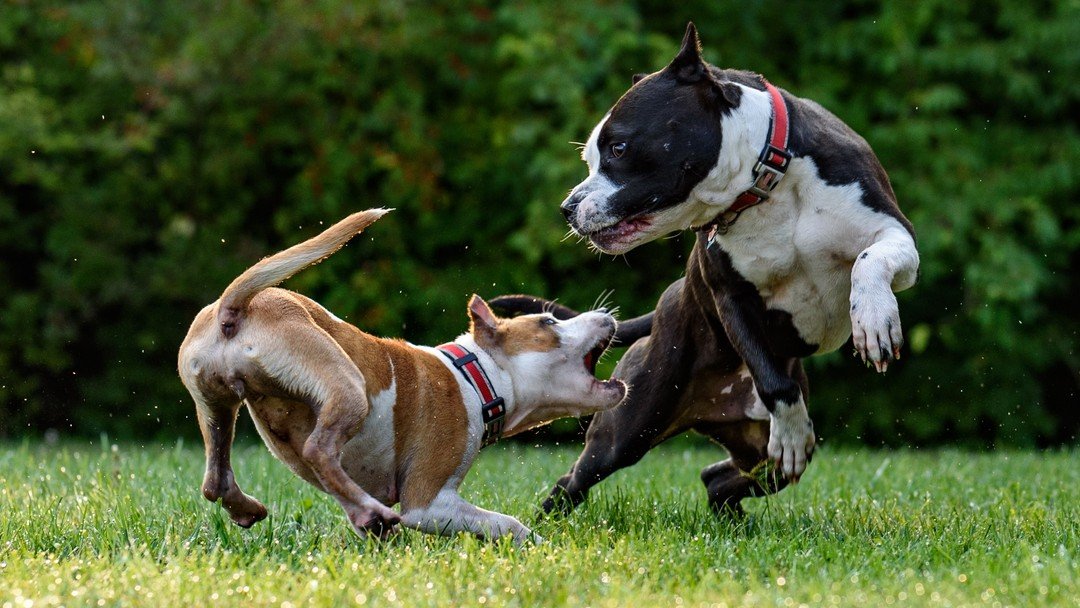Understanding liability amid increasing dog attack cases

Cathryn Godfrey explores civil redress options for victims of dog attacks and bites in various situations
In recent months, there has been an increase in reports of injuries and fatalities caused by dogs, notably involving the XL Bully type. In reality, any dog has the potential to cause serious injury and many injuries are caused by breeds of dogs less commonly associated with aggression. According to NHS data and a BBC report from March this year, hospital admissions due to dog-related injuries have escalated in recent years, while police forces in England and Wales have seen a 34 per cent increase in dog attacks over the last five years.
The Animals Act 1971
Individuals injured by a dog may be able to recover compensation from the owner or keeper of the dog. The Animals Act 1971 (the Act) may be relevant and, if it applies, there is strict liability against the keeper.
The identity of the owner or keeper of the dog must be established. This will often be the same person. However, if the dog causes injury, when in the care of a person other than the owner, for example, a dog walker / friend or family member, then they may be considered to be the keeper for the purpose of the Act (Flack v Hudson (2000) ALL ER (D) 1701).
To succeed with a claim under the Act for injuries caused by a non- dangerous species, a claimant must satisfy the three elements of Section 2 (2) of the Act which are:
- Section 2 (2) (a) the damage is of a kind which the animal, unless restrained, was likely to cause or which, if caused by the animal, was likely to be severe.
- Section 2 (2)(b) the likelihood of the damage or of its being severe was due to characteristics of the animal which are not normally found in animals of the same species or are not normally so found except at particular times or in particular circumstances.
- Section 2(2) (c) those characteristics were known to that keeper or were at any time known to a person who at that time had charge of the animal as that keeper’s servant or, where that keeper is the head of a household, were known to another keeper of the animal who is a member of that household and under the age of sixteen.
All three requirements must be satisfied for the keeper to be found strictly liable for the injuries sustained and the characteristic displayed by the dog must satisfy all three conditions. There must be an identifiable characteristic, the weight and size of the dog is not a characteristic.
Each case is fact specific and will need careful consideration. Section 2(2)(a) should be relatively straightforward in cases where the dog has acted aggressively and bitten the claimant. It is generally accepted that a bite or multiple bites from a dog will likely be severe. It is ultimately a question for judicial determination, but it is increasingly common for defendants to ask their animal experts to consider and comment upon this issue, which may mean you need early input from a behavioural expert.
Under section 2(2)(b), there are two alternative limbs. The dog must either be displaying a characteristic which is not normally found, except in particular times or circumstances (a normal characteristic) or, a characteristic which is specific to the dog in question, (an abnormal characteristic).
Normal characteristics tend to be natural behaviours in defined circumstances. So, for example, a bitch guarding her puppies, or a dog feeling threatened in a confined space, may be aggressive.
An abnormal characteristic may arise where the dog is known to be badly behaved or have a dangerous propensity and that characteristic was being displayed at the time of injury for example a dog that is prone to biting even though it is from a breed generally accepted as being docile.
The next requirement is that of knowledge under section 2(2) (c) of the Act. The requirements for knowledge will differ for normal and abnormal characteristics. If the dog was showing a “normal characteristic” at the time of the attack, then knowledge may well be inferred (Estacio v Honigsbaum [2017] WL 05177254 or Welsh v Stokes (2007) EWCA Civ 796).
If there are claims that the dog displayed an “abnormal characteristic,” evidence is required that the keeper had specific knowledge of this characteristic to satisfy section 2(2) ( c) of the Act. Evidence of previous incidents may be available from the police. Neighbours, postmen or other regular delivery personnel may also be aware of previous aggressive tendencies. Another potential source of evidence could be from social media channels, as there seems to be a growing trend for social media accounts dedicated to individual dogs.
Defences
Section 5 of the Act details defences that may be available to the dog keeper and include the following:
- A person is not liable under section 2 for any damage which is due wholly to the fault of the person suffering it.
- A person is not liable under section 2 of this Act for any damage suffered by a person who has voluntarily accepted the risk thereof.
A person is not liable under section 2 of this Act for damage caused by an animal to a trespasser on premises or structures if it’s proven that: the animal wasn’t kept for protection purposes, or if it was, its presence for protection wasn’t unreasonable.
The availability of the defences will be fact specific and will need to be considered at the outset. If the injured person is employed as a servant by a keeper of an animal and incurs a risk incidental to his employment, he shall not be treated as accepting it voluntarily (Section 6 of the Act).
The relationship between the injured person and the defendant will need to be considered. It is not an absolute requirement that the injured person is an employee. There are situations where an individual could be self-employed and covered by this exception.
Negligence
In addition to a claim under the Act, allegations of negligence should also be considered at the outset. For this, the claimant must prove that the defendant should have foreseen risk of injury and taken reasonable steps to prevent it. If the owner had no reason to anticipate the dog’s behaviour, it may not be possible to do so.
One may also need to consider specific allegations in the employer and employee situation if relevant to the incident circumstances and also under the Occupiers Liability Act 1957.
Further considerations
- Public liability insurance of the defendant: Dog owners are not legally required to have public liability insurance. If the defendant lacks insurance or financial means, recovering awarded monies may be challenging, It may be necessary to consider asset searches or applying for pre-action disclosure as an early inquiry, if the response is unsatisfactory.
- Indemnity limits of public liability policy: For severe injuries, the policy’s indemnity level might be inadequate. Early inquiries to determine the indemnity limit are advisable.
- Letter of claim preparation: Prepare a detailed claim letter, specifying allegations under the Act and in negligence, to avoid further complications. If the dog’s insurance includes the public liability policy, those investigating the claim likely have a profound understanding of the Act.
Ultimately, the Animals Act 1971 is a key piece of legislation in dog attack and biting claims, which arguably came in to force to afford injured persons an opportunity to pursue a civil claim in situations where negligence may not be established.
The drafting of the Act often comes under scrutiny, which can lead to different interpretations of the wording and uncertainty about the ultimate outcome. However, with careful investigations and thorough consideration of the requirements it should be considered in all claims.
Cathryn Godfrey is an associate solicitor at Irwin Mitchell
